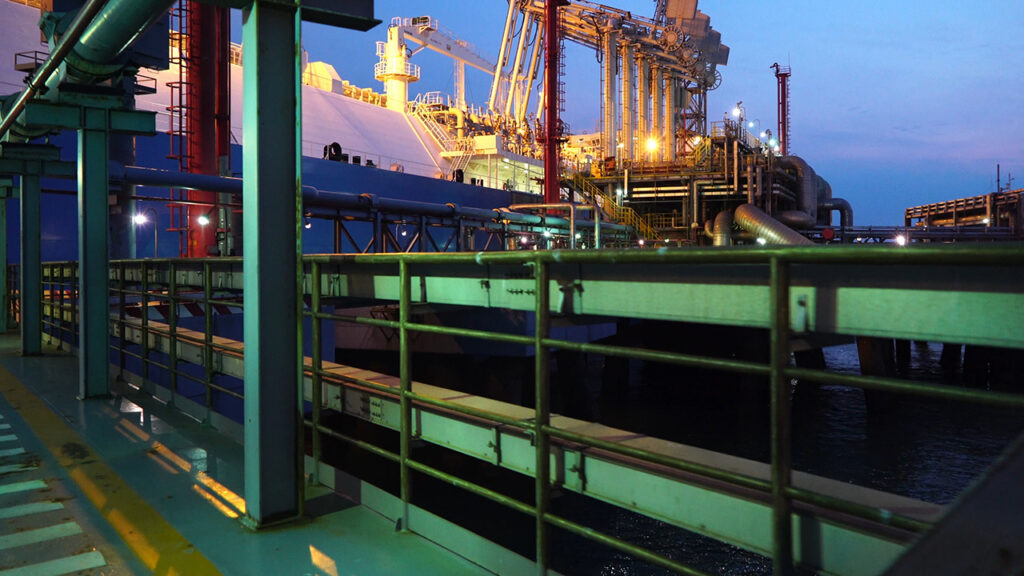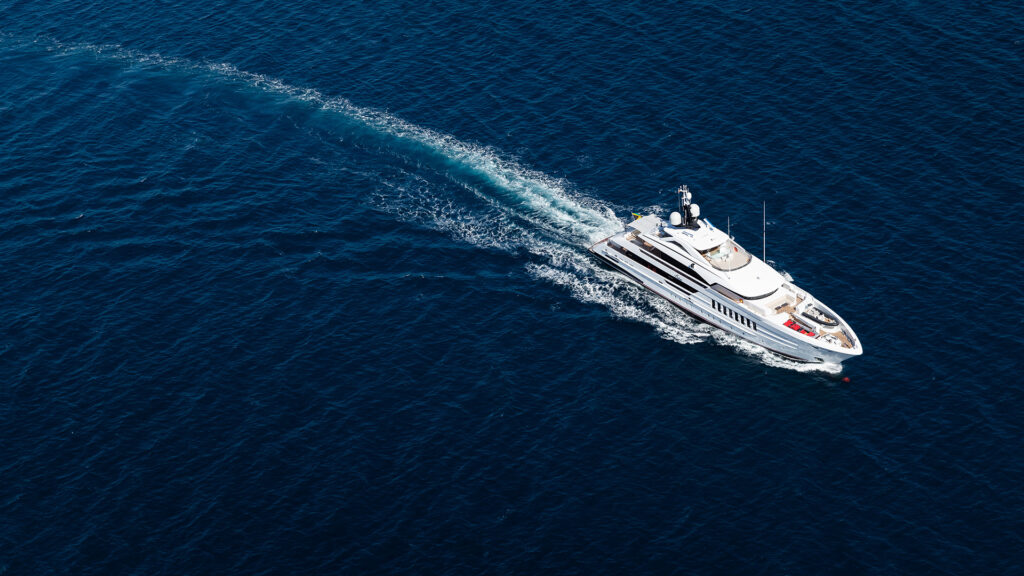Sanchez v. Smart Fabricators – Fifth Circuit Denies Seaman Status to Offshore Worker Injured on Jack-Up Rig
In Sanchez v. Smart Fabricators of Texas, LLC, No. 19-20506 (5th Cir. March 11, 2020), the Fifth Circuit took up seaman status once again, this time focusing on whether a person’s connection to a vessel in navigation is substantial in nature.
Sanchez was a welder working for Smart Fabricators of Texas aboard jacked-up offshore drilling rigs. He was injured when he tripped on a pipe welded to the deck of the rig. He claimed to be a seaman and sued his employer under the Jones Act for negligence.
In Chandris v. Latsis, 515 U.S. 347 (1995), the Supreme Court established a two-prong test to determine whether a person is a seaman under the Jones Act. First, the person’s duties must contribute to the function or mission of a vessel. Second, the person must have a connection to a vessel or fleet of vessels that is substantial in terms of both duration and nature.
In Sanchez, the parties agreed that Sanchez’s duties contributed to the function or mission of the vessel. It was the second prong that was in dispute – the duration and nature of his connection to the vessel. As Sanchez had spent 65 of his 67 work days on jacked-up rigs, the court easily found the temporal duration connection to a fleet of vessels to have been met. It was the nature of this connection to the vessel that was hotly contested.
In a unanimous opinion written by Judge Patrick E. Higginbotham, the Fifth Circuit scrutinized the nature of Mr. Sanchez’s work aboard the vessel to determine if the second part of the “substantial connection” prong had been met. Focusing on the final requirement—that a worker have a connection that is substantial in nature—it reiterated the Supreme Court’s observation that the inquiry “must concentrate on whether the employee’s duties take him to sea.” Harbor Tug & Barge Co. v. Papai, 520 U.S. 548, 555 (1997). The court avoided a possible conflict with its recent seaman status pronouncement in Naquin v. Elevating Boats, LLC, 744 F.3d 927 (5th Cir. 2014), by comparing three key facts surround the work of Mr. Sanchez (non-seaman) and Mr. Naquin (seaman): the surface upon which the men worked, the duties of the men, and whether the injury was related to the “perils of the sea.”
| Naquin: Seaman | Sanchez: Non-Seaman | |
|---|---|---|
| The court compared the surface on which the two men worked. | Naquin worked aboard docked liftboats that were “moored, jacked-up, or docked.” These vessels were “subject to the vicissitudes of a navigable waterway.” | Sanchez worked on jacked up drilling rigs. These vessels were “stable, flat, and well above the water.” |
| The court compared the duties of the two men. | Naquin was a vessel repair supervisor. He operated marine cranes and jack-up legs. | Sanchez was a welder. He did not operate or navigate the rig or its equipment. |
| The court considered whether the injury was related to the perils of the sea. | Naquin was injured in an accident while operating the vessel’s crane. | Sanchez was injured when he tripped on a pipe welded to the deck of the vessel. |
Based on these facts, the Fifth Circuit affirmed the lower court’s holding that Sanchez did not have a connection to vessels in navigation substantial in nature, and thus was not a Jones Act seaman.
The holding in Sanchez seems to conflict somewhat with the court’s 1959 decision in Offshore Company v. Robison, 266 F.2d 769 (5th Cir. 1959). In Robison, it extended seaman status to a welder on a jack-up rig even where such offshore oilfield workers did not engage in traditional seaman-like duties.1 Sanchez appears to retreat somewhat toward the pre-Robison cases that required one to “hand, reef, and steer” in order to obtain seaman status.
The Sanchez court commented that “the Jones Act was designed to address the unique dangers of ocean-faring work—dangers not faced by land-based workers, even in marine-adjacent industries—the key consideration is whether the employee ‘face[s] regular exposure to the perils of the sea.’”2 The court found that Naquin’s duties did take him to sea, albeit in a canal or ship channel noting such workers “still remain exposed to the perils of a maritime work environment” and are therefore seamen. The court found Sanchez worked on a vessel that was “jacked-up” out of the water and therefore a “workplace that was stable, flat, and well above water” not “subject to waves, tides, or other water movement.” While Sanchez’s counsel argued a jacked-up rig was subject to damage by hurricanes, the court found this not to be a “special hazard” reserved for those “who go down to sea in ships.”3
Considerations for marine employers:
When faced with a Jones Act suit in state court brought by a worker who spent most of his time on jack-up rigs, consider removing the case to federal court challenging seaman status.
Regardless of the forum in which you ultimately find yourself, file a dispositive motion challenging seaman status and seeking dismissal based upon tort immunity under either the Longshore and Harborworkers’ Compensation Act or the applicable state workers’ compensation act. This may help avoid a jury trial in either forum.
Consider the foregoing strategies whenever you have a Jones Act suit arising from any structure that is a stable, elevated work platform different from the traditional ship. One may also want to challenge that such a platform is a vessel in the first place—another way to attack Jones Act seaman status.
Footnotes
- It is also interesting that Judge Higginbotham, no stranger to seaman status disputes, authored the Sanchez opinion involving a welder injured on a jack-up rig; this is similar to the 2002 Demette v. Falcon Drilling Co., 280 F.3d 492 (5th Cir. 2002) opinion he also authored, but then for a sharply divided court. The Demette opinion centered not on seaman status, but on a contractual choice of law issue relevant to the validity of a defense and indemnity agreement between Demette’s employer and the well owner. Since the rig was “jacked-up” on the OCS at the time of the injury, it was an OCSLA situs temporarily attached to the seabed for purposes of oil exploration and thus by definition could not be a vessel. Demette, 280 F.3d at 498.
- Quoting Harbor Tug & Barge v. Papai, 520 U.S. 548, 560 (1997).
- Quoting Chandris v. Latsis, 515 U.S. 347, 355 (1995).
Download a PDF version of ‘Sanchez v. Smart Fabricators – Fifth Circuit Denies Seaman Status to Offshore Worker Injured on Jack-Up Rig’







-1024x576.jpg)


